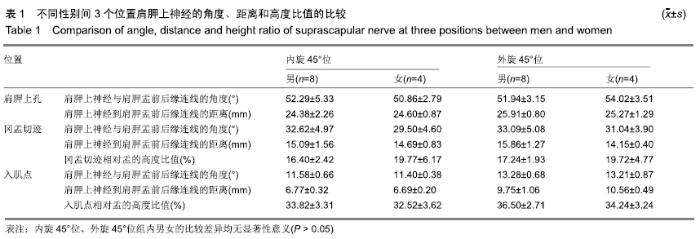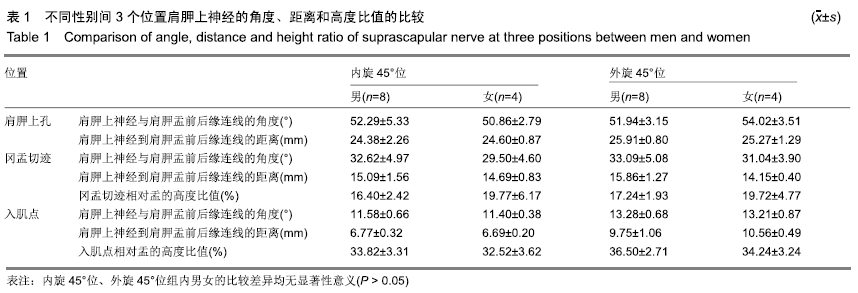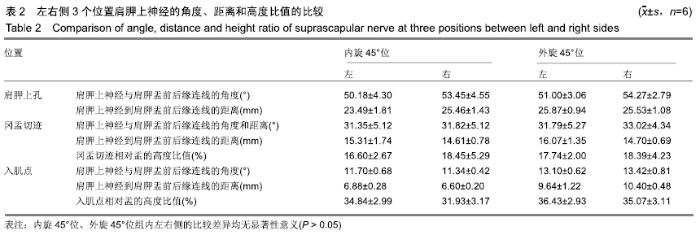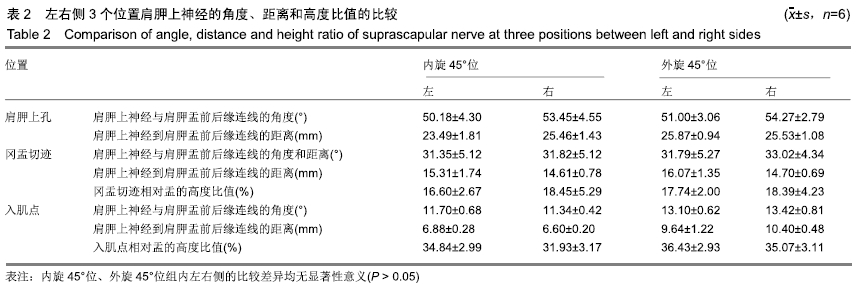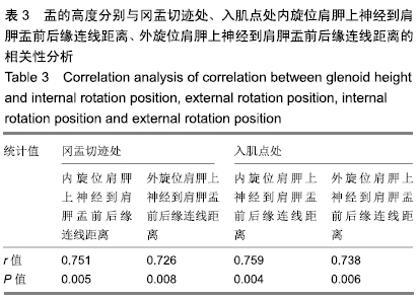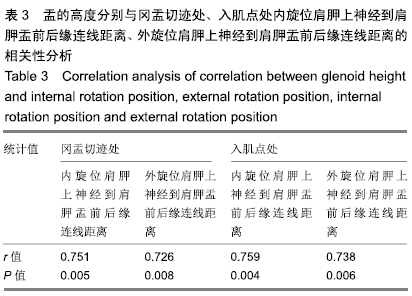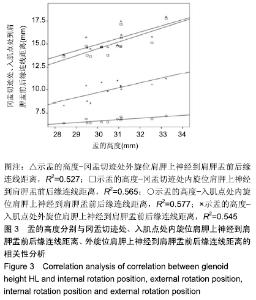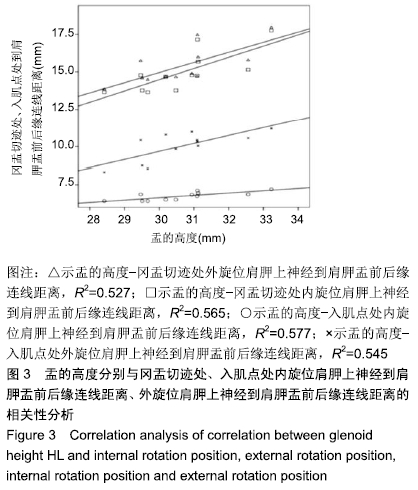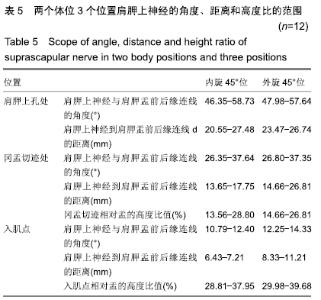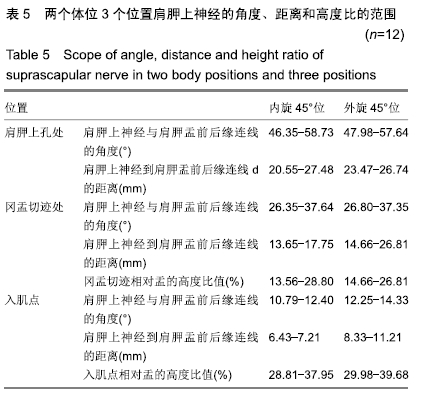[1] HOVELIUS L, KÖRNER L, LUNDBERG B, et al. Thecoracoidtransfer for recurrent dislocation of the shoulder. Technical aspects of the Bristow-Latarjet procedure. J Bone Joint Surg Am.1983;65(7): 926-934.
[2] FRANK RM, GREGORY B, O'BRIEN M, et al.Ninety-day complications following the Latarjet procedure.J Shoulder Elbow Surg. 2018;28(1): 88-94.
[3] BUTT U, CHARALAMBOUS CP. Complications associatedwith open coracoid transfer procedures for shoulder instability. J Shoulder Elb Surg. 2012;21:1110-1119.
[4] HELFET AJ. Coracoid transplantation for recurring dislocation of the shoulder. J Bone Joint Surg Br. 1958;40(2):198-202.
[5] SHAH AA, BUTLER RB, ROMANOWSKI J, et al. Short-term complications of the Latarjet procedure. J Bone Joint Surg Am. 2012; 94(6):495-501.
[6] LONGO UG, LOPPINI M, RIZZELLO G, et al. Glenoid and humeral head bone loss in traumatic anterior glenohumeral instability: a systematic review. Knee Surg Sports Traumatol Arthrosc. 2014;22:392-414.
[7] LAFOSSE L, BOYLE S. Arthroscopic-Latarjet procedure. J Shoulder Elbow Surg. 2010;19(2):2-12.
[8] 姜春岩,吴关,鲁谊,等.关节镜下喙突移位术:手术技术与早期随访探讨[J].中国运动医学杂志,2014,33(4):297-302.
[9] 吴关,姜春岩,鲁谊,等.改良关节镜下喙突移位Latarjet手术治疗肩关节前方不稳定[J].北京大学学报(医学版), 2015,47(2):321-325.
[10] BOILEAU P, SALIKEN D, GENDRE P, et al.Arthroscopic Latarjet: suture-buttonfixation is a safe and reliable alternative to screw fixation. Arthroscopy. 2019;35(4):1050-1061.
[11] BOILEAU P, GENDRE P, BABA M, et al. A guided surgical approach and novel fixation method for arthroscopic Latarjet. J Shoulder Elbow Surg. 2016;25(1):78-89.
[12] 钟名金,陆伟,柳海峰,等.改良关节镜双袢法Latarjet术治疗严重骨缺损的复发性肩关节前脱位[J].中华肩肘外科电子杂志,2018,6(1):38-46.
[13] BONNEVIALLE N, THÉLU CE, BOUJU Y, et al.Arthroscopic Latarjet procedure with double-button fixation: short-term complications and learning curve analysis. J Shoulder Elbow Surg. 2018;27(6): e189-e195.
[14] XU J, LIU H, LU W, et al. Clinical outcomes and radiologic assessment of a modified suture button arthroscopic Latarjet procedure. BMC Musculoskelet Disord. 2019;20(1):173-180.
[15] LADERMANN A, DENARD PJ, BURKHART SS.Injury of thesuprascapular nerve during Latarjet procedure: ananatomicstudy. Arthroscopy. 2012;28(3):316-321.
[16] HAWI N, REINHOLD A, SUERO EM, et al. The anatomic basis for the arthroscopic latarjetprocedure:a cadaveric study. Am J Sports Med. 2016;44(2) 497-503.
[17] ZHANG L, GUO XG, LIU Y, et al. Classification of the superior angle of the scapula and its correlation with the suprascapular notch: a study on 303 scapulas. Surg Radiol Anat. 2019;41(4):377-383.
[18] FABIS-STROBIN A, TOPOL M, FABIS J, et al. A new anatomical insight into the aetiology of lateral trunk of suprascapular nerve neuropathy: isolated infraspinatus atrophy. Surg Radiol Anat. 2018; 40(3):333-341.
[19] GUMINA S, ALBINO P, GIARACUNI M, et al. The safe zone for avoiding suprascapular nerve injury during shoulder arthroscopy: an anatomical study on 500 dry scapulae. J Shoulder Elbow Surg. 2011; 20:1317-1322.
[20] LATARJET M. Treatment of recurrent dislocation of theshoulder. Lyon Chir. 1954;49(8):994-997.
[21] GARTSMAN GM, WAGGENSPACK WN, O'CONNOR DP, et al. Immediate and early complications of the open Latarjet procedure: a retrospective review of a large consecutive case series. J Shoulder Elbow Surg. 2017;26(1): 8-72.
[22] KWON YW, POWELL KA, YUM JK, et al. Use of three-dimensional computed tomography for the analysis of the glenoid anatomy. J Shoulder Elbow Surg. 2005;14(1):85-90.
[23] ROMEO AA, GHODADRA NS, SALATA MJ, et al. Arthroscopic suprascapular nerve decompression: indications and surgical technique. J Shoulder Elbow Surg. 2010;19(2):118-123.
[24] SHAH AA, BUTLER RB, SUNG SY, et al. Clinical outcomes of suprascapular nerve decompression. J Shoulder Elbow Surg. 2011; 20(6):975-982.
|
